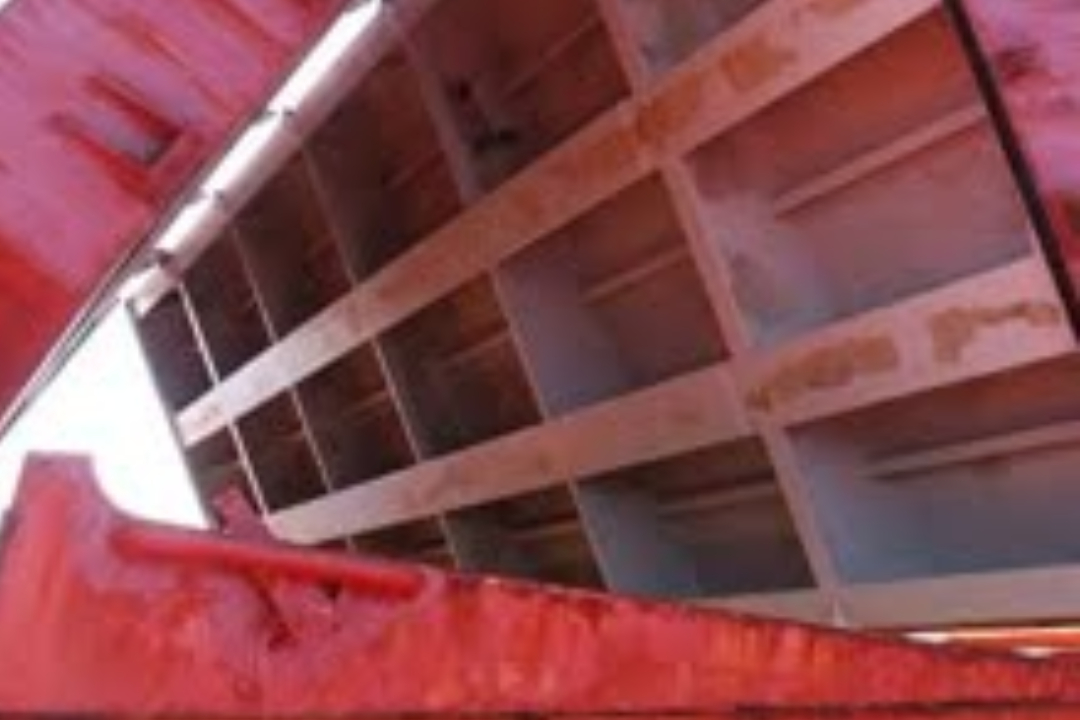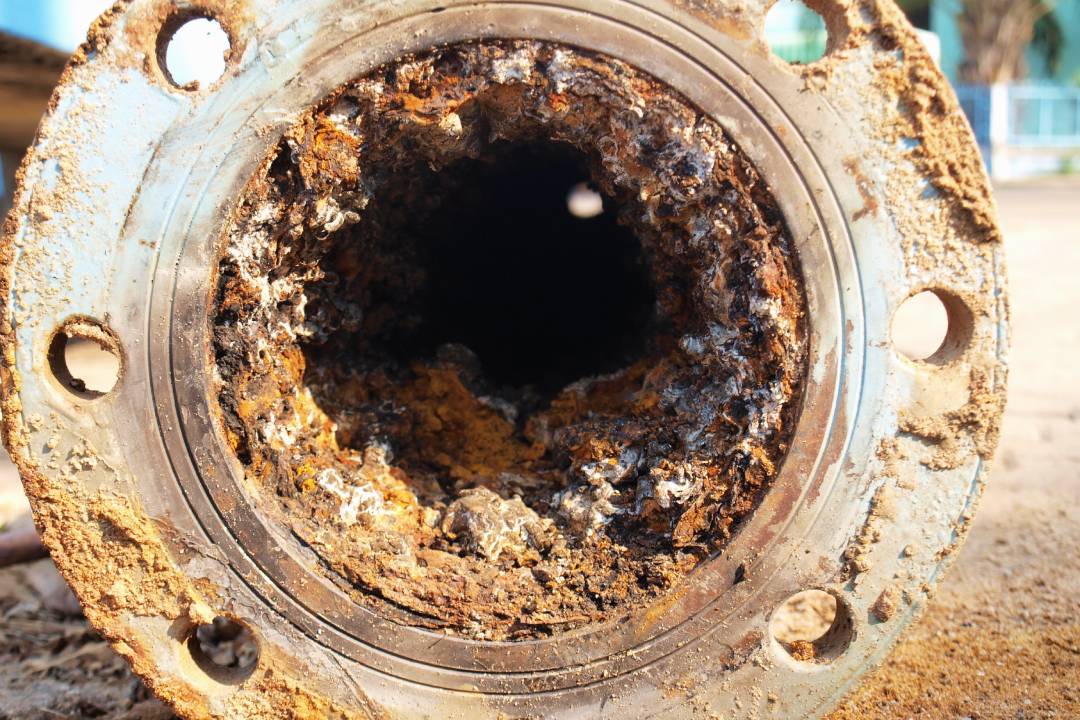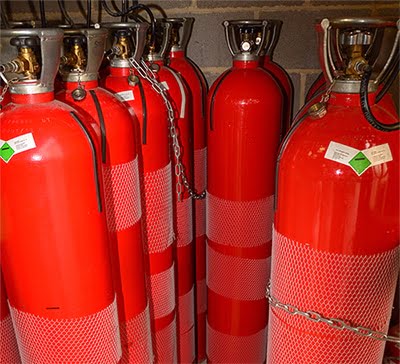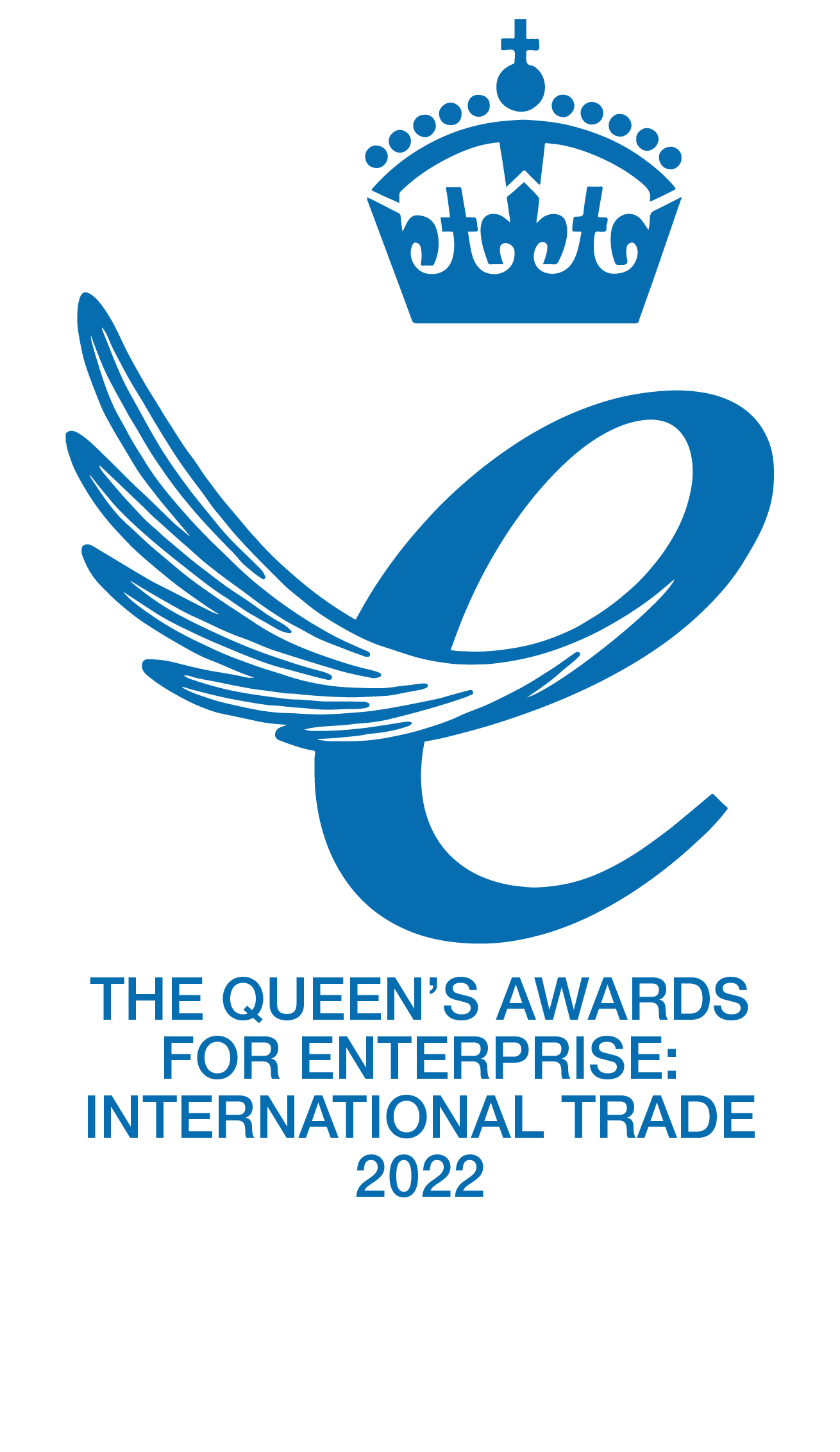How Ultrasonic Thickness Measurement Works
When sound passes through a material, it causes vibrations. So, using ultrasonic thickness gauges, we can measure these vibrations and thus calculate the thickness of materials. The unit sends a strong electrical signal to the probe, causing it to emit a high-energy ultrasound pulse. The transmitted ultrasound pulse travels through the coating and metal and reflects from the back wall. The reflected sound waves then reverberate within the metal, with only a small portion of the echo travelling back through the coating each time.
The timing between the small echoes gives the timing of the echoes within the metal, which relates to the metal thickness. A minimum of three echoes are checked for each pulse sent into the metal to qualify as a multi-echo ultrasonic thickness gauge.
This type of thickness gauge can be used on various materials, including metal, plastic, and glass in many industries. This gauge can be used on everything from pipes to pressure vessels, with manufacturing, construction, and maintenance professionals using it for integrity and corrosion detection.
Ensuring Material Thickness Complies with Current Standards
Our Portagauge® 6 ultrasonic thickness gauge has been tested on various materials to achieve the best results. It is pre-loaded with a built-in database featuring common materials including carbon steel, stainless steel (304 and 316), cast iron, ductile iron, PVC, fibreglass, and more. There is also an input for custom materials, to allow you to input test material not in the list.
Checking for Corrosion and Thickness
Our Portagauge® 6 thickness gauge options use dual-element sensors for corrosion inspection. They’re highly sensitive to corrosion, using two piezoelectric crystals where one acts as an ultrasonic transmitter and the other as an ultrasonic receiver.
Due to the pseudo-focusing effect the ultrasound beams have, the dual-element set-up gives the sensors an advantage over single-element sensors when dealing with irregular surfaces in highly corroded materials. This allows the dual-element sensors to be more sensitive to echoes from the base of the corroded material’s pits, representing the minimum remaining wall thickness. The reflected sound waves from the portion of the good material will give an indication of how badly the material has been corroded.
Advantages of Multi-Echo Ultrasonic Thickness Gauges
The multi-echo properties of the Portagauge® 6 ultrasonic thickness gauges mean they can return much more accurate readings than single-echo tools. While a single-echo thickness gauge returns just one reading, multi-echo gauges return three. The timing between the small echoes gives the timing of the echoes within the metal, which relates to the metal thickness.
For the marine industry, various Classification Society standards require only multi-echo ultrasonic thickness gauges to be used. We recommend the Portagauge® 6 for such applications. Examples of such standards are found below:
- IACS: Specific requirements from IACS Procedural Requirements PR No. 19 and No.77
- DNVGL: DNVGL-CG-028 – Section 3 – Basic Requirements
- Only multiple echo instruments may be used for TM onboard all ships
Why Choose Coltraco’s Ultrasonic Thickness Gauges?
Our ultrasonic testing equipment is accurate and reliable to BS EN 15317:2013 standard, making it ideal for ultrasonic thickness testing. At Coltraco, we strive to provide the best thickness gauges, all built in the UK to high standards, priced competitively, and with a relevant calibration certificate.
The echo-echo range we offer ignores paint coatings up to 20 mm. This means you get a true material or wall thickness reading from the test object. A scan is accurate to +/- 0.1 mm, and this perfect echo measuring principle helps measure various surfaces accurately.
On our latest innovation, the Portagauge® 6, we have included A-scan and oscilloscope trace functionality to assist your measurements. Observing material condition and helping to verify the correct return back wall echo gives you confidence that you are measuring the correct wall thickness providing accurate thickness measurements every time.
The Portagauge® 6 thickness gauge also comes with a robust carrying case for added convenience, a calibration certificate as evidence that it’s been tested, and an ultrasonic couplant.












